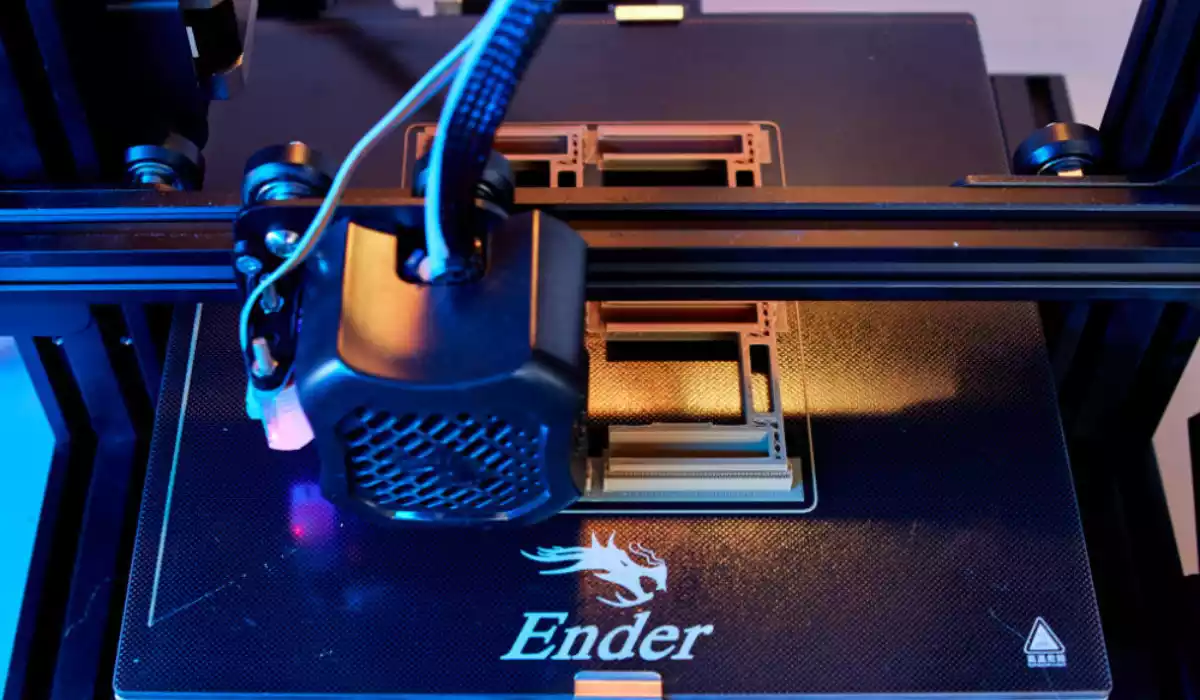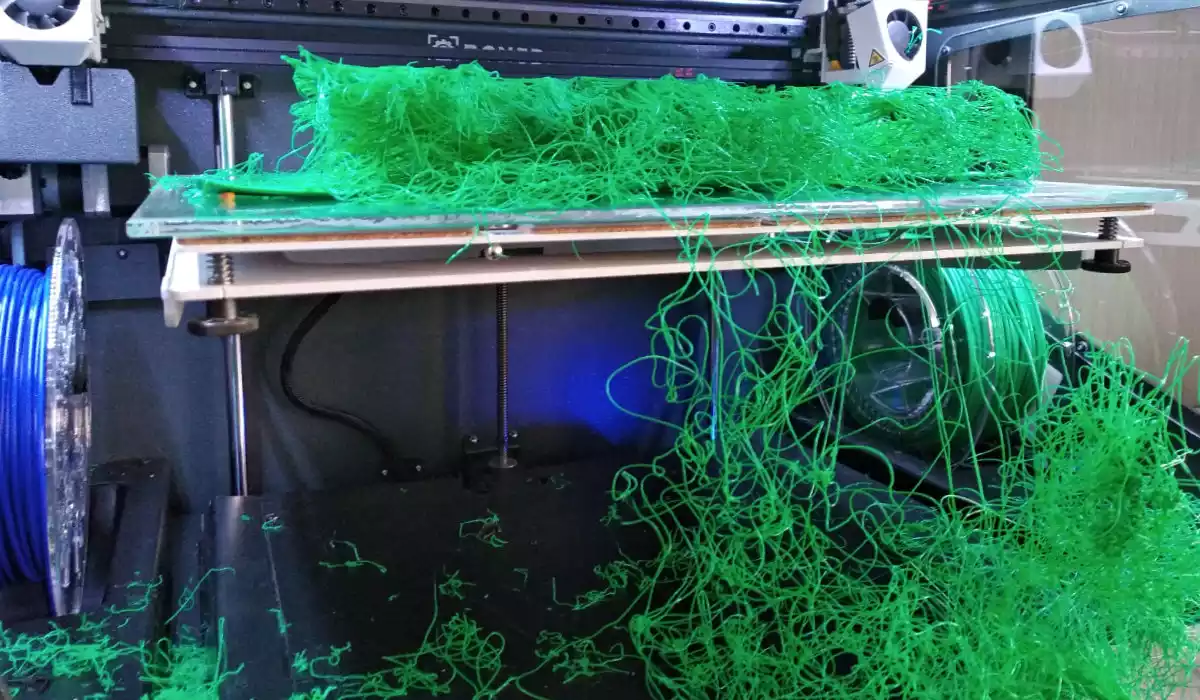3D printing is changing the world’s perception of manufacturing and distribution, with the promise of significant cost and environmental impact reductions. Technology developed since the 1980s. it became widely available in the early 2000s thanks to the open-source and open-hardware movements. 3D printing offers numerous ecological benefits compared to traditional production methods, thanks to the democratization of production, the reduction of logistics and the use of environmentally friendly materials.
The democratization of production consists in enabling each user of a 3D printer to create items that were previously available only from specialized industrial factories. 3D printing technology has reduced the need for warehousing, international transport and local forwarding, which has reduced costs and reduced the carbon footprint. With 3D printing, distribution can be done digitally by providing 3D model files that can be printed on site.
Even though 3D printers are currently unable to produce more complex mechatronic components, many items made of plastic can be easily recreated at home. 3D printing allows you to repair parts that wear out without having to buy a new product or a larger component.
3D printers made of thermoplastic filaments (FDM / FFF technology) allow the use of a wide range of materials. Although many of them are harmful to the environment, there are ecological alternatives, such as PLA (polylactide), which are fully biodegradable and come from renewable raw materials. These materials are often dedicated exclusively to 3D printers, making the technology the only option for sustainable production.
Recyclates are another ecological option, consisting in using certified recyclates or collecting leftovers of 3D prints and processing them into filament. In both cases, it is necessary to avoid mixing different types of materials and colors in order to obtain a valuable product.
The energy consumption of 3D printers is low, comparable to the energy consumption of a personal computer. The greatest consumption of electricity occurs during the warm-up of the printhead and the heatbed, but after reaching the appropriate temperatures, further consumption is minimal. 3D printer components are driven by stepper motors that do not require much power.
To sum up, 3D printing is the most ecological alternative to production, having a positive impact on the natural environment in every possible way – from low operating costs, through the use of “green” biodegradable materials, to limiting distribution and a minimal carbon footprint. Thanks to a wide range of benefits, 3D printing can become an important element in the pursuit of sustainable development and environmental protection around the world.


